Let’s be honest: traveling to Southeast Asia is amazing—until you’re standing in front of a street vendor with no idea how to pay. Do you hand them cash? Swipe a card? Open an app you’ve never heard of? Suddenly, that mango sticky rice feels way more stressful than it should.
Relax. You’ve got this. Whether you’re hopping between night markets in Bangkok or sipping coffee in a hidden Vietnamese café, knowing what is the best way to pay for things in Southeast Asia can make your trip a whole lot smoother. Let’s break it all down, country by country, so you can focus on enjoying your adventure—not fumbling for your wallet.
Why Payment Know-How Matters
Imagine this: You’re in a buzzing night market, ready to dive into local snacks, and the vendor stares at your credit card like it’s an alien artifact. Awkward, right? Or worse, your payment app fails, and there’s a long line forming behind you.
Understanding how payments work in each country isn’t just practical—it’s the key to a stress-free, local-style experience.
1. Thailand: Cash First, But Tech Is Trending
In Thailand, cash is king for street food, market shopping, and smaller vendors. Most places, especially outside major cities, don’t take cards. That said, bigger spots like malls and restaurants in Bangkok are card-friendly.
Want to go digital? Locals love PromptPay, a QR-based app that makes payments a breeze. Unfortunately, you’ll need a Thai bank account to use it, so tourists are better off sticking to cash and cards.
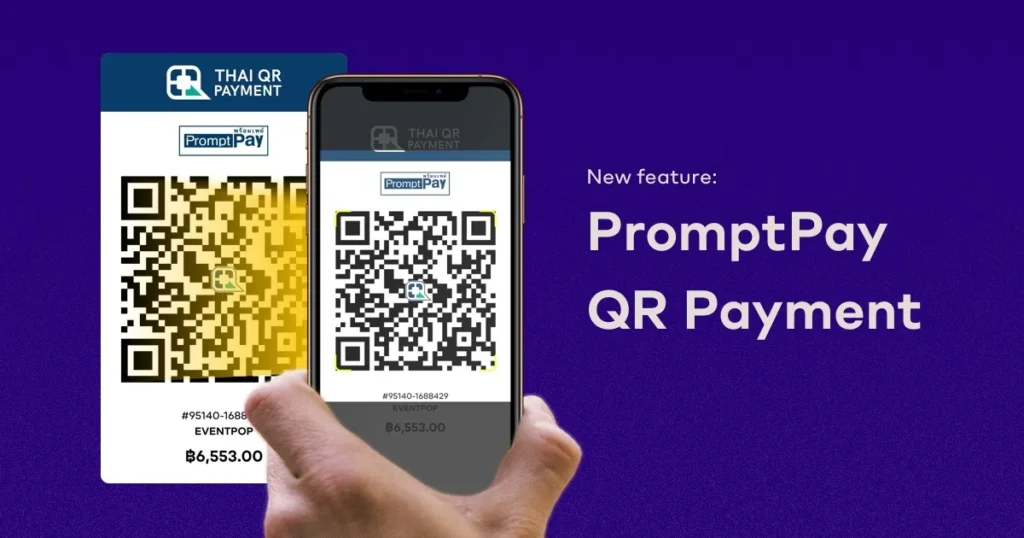
2. Indonesia: Go Digital with GoPay and QRIS
If you’re wondering what is the best way to pay for things in Southeast Asia, Indonesia is a tech-savvy standout. Big cities like Bali and Jakarta thrive on cashless options. Apps like GoPay and Dana are everywhere, and the universal QR code system QRIS (pronounced “kris”) is a lifesaver—you’ll see it at shops, cafes, and even food stalls.
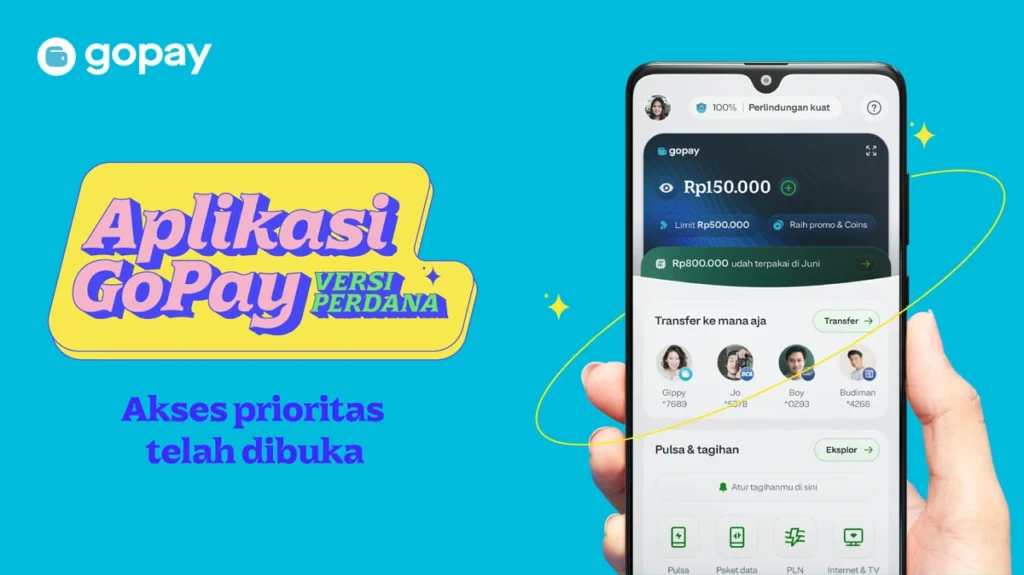
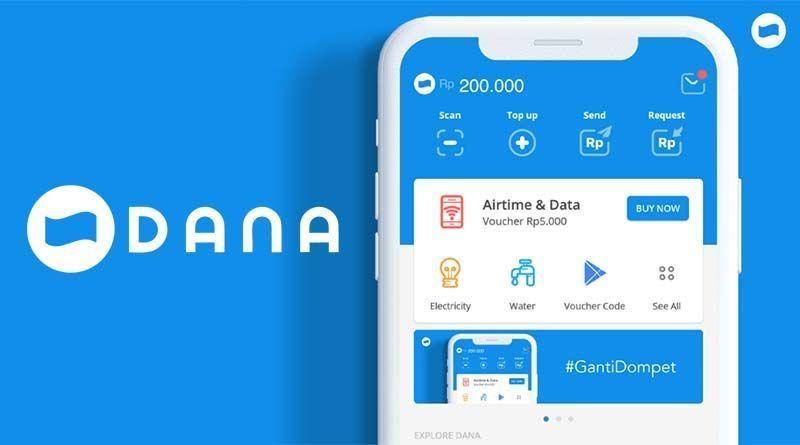
For rural areas, though, cash is still your best friend. If you’re planning an extended stay, setting up GoPay with an Indonesian phone number, passport, and any bank account is a game-changer.
3. Malaysia: E-Wallets to the Rescue
In Malaysia, the best way to pay depends on where you are. Rural areas? Stick with cash. But in cities like Kuala Lumpur, it’s all about e-wallets like Boost and Touch ‘n Go. These apps are a favorite for everything from public transport to grocery shopping.
Tourists can download these apps and top them up with a credit card—super handy for avoiding the hassle of carrying too much cash.
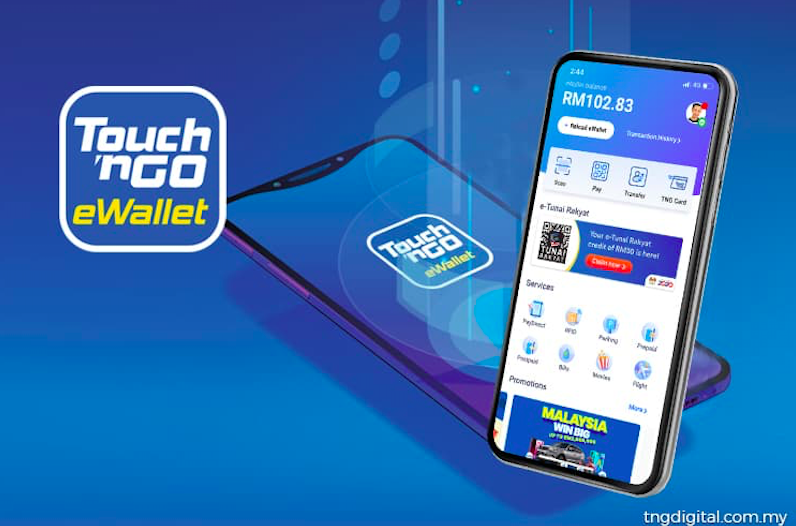
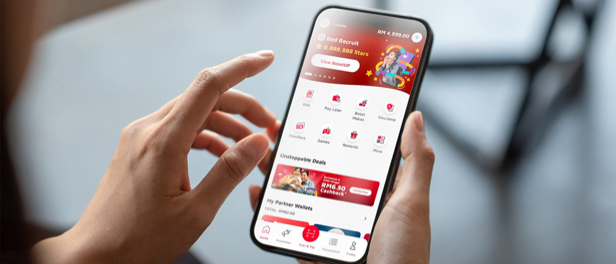
4. Singapore: Credit Cards and Apps Rule
Singapore is the easiest place to navigate payments in Southeast Asia. Credit and debit cards are accepted almost everywhere—even at hawker centers. For a cashless experience, GrabPay and PayNow are the go-to apps for locals and tourists alike.
Pro Tip: Download GrabPay before your trip. It’s perfect for rideshares, food delivery, and quick payments at shops and restaurants.
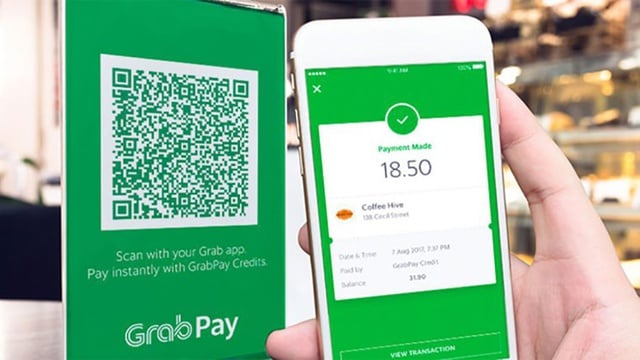
5. Vietnam: Mostly Cash, but Apps Are Catching On
Vietnam is still largely a cash-first destination. Small towns and markets rely almost entirely on cash, but in cities like Hanoi and Ho Chi Minh, payment apps like MoMo are becoming popular.
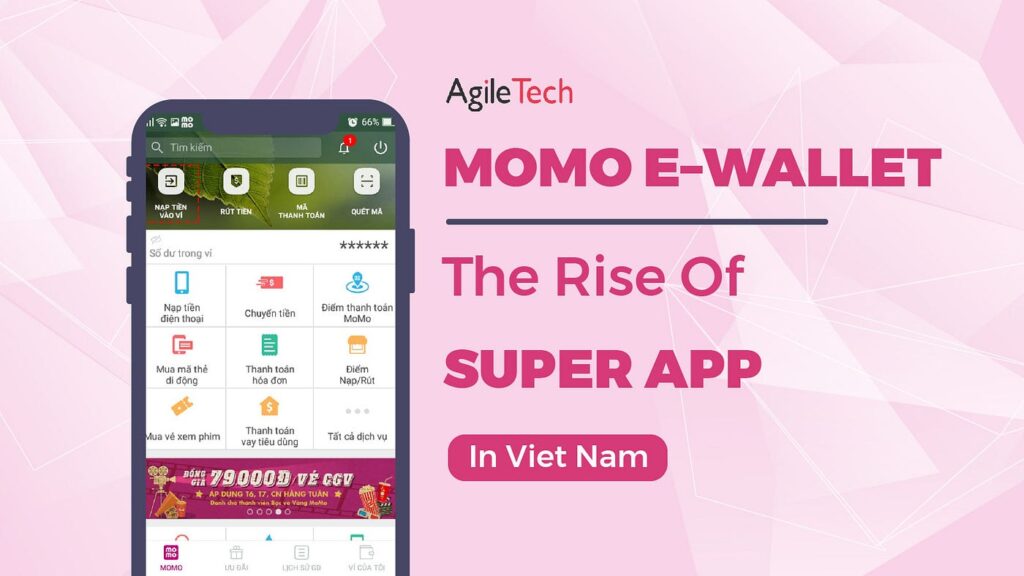
For short visits, ATMs are your best bet—they’re easy to find and typically reliable. If you’re sticking around for a while, you might consider setting up MoMo for a more modern payment option.
6. The Philippines: GCash Makes Life Easy
In the Philippines, cash is still king, especially in smaller towns and with street vendors. But apps like GCash and PayMaya are making waves, especially in cities. These apps are great for paying bills, shopping, and even transferring money.
If you’re staying a while, grab a local SIM card, register for GCash, and link your account to a card—it’s quick, easy, and super convenient.

7. Pro Tips for Paying Like a Pro in Southeast Asia
To really nail what is the best way to pay for things in Southeast Asia, keep these tips in mind:
- Carry a mix of options: Always have some cash, a debit card, and a credit card on you.
- Download local apps: Research the most popular payment apps for each country ahead of time.
- Watch exchange rates: Use an app like XE to get the best currency conversion rates.
- Avoid fees: Some cards charge foreign transaction fees, so look for travel-friendly options.
- Stay secure: Skip public Wi-Fi for payments and stick to secure networks.
The Bottom Line: What Is the Best Way to Pay for Things in Southeast Asia?
The best approach? Be flexible. Southeast Asia is diverse, and each country has its own payment quirks. A mix of cash, cards, and local apps will keep you covered whether you’re at a bustling market or a high-end mall.
The real beauty of adapting to local payment methods? It makes your travels feel more authentic—and a whole lot easier.
Ready to explore? TiketVisa is here to help with travel tips, visa assistance, and everything else you need. So go ahead, scan those QR codes, and enjoy Southeast Asia like a true local.
Happy travels!
Need more updates? follow us now!
Instagram | TikTok | TiketVisa Affiliate Program | Buy Onward Ticket $9






